1. Robben Island
Robben Island is where brave people were imprisoned, including Nelson Mandela (Photo source: Collected)
Nestled quietly in the middle of Table Bay, just over 10 kilometres off the coast of Cape Town, Robben Island is not a paradise island of white sand or clear blue water. Instead, it is the place where brave and resilient people were once imprisoned – most notably Nelson Mandela, South Africa’s first black president, who was imprisoned on the island for 18 years.
Robben’s somber space evokes a dark period in history, when the Apartheid regime trampled on the rights of millions of people. But it was here, within the harshness of four cold walls, that seeds of hope sprouted, and from the darkness, the light of awakening spread across the continent.
This historic site in South Africa is not only a place to preserve the past, but also a moving reminder of the value of freedom, reconciliation and humanity. Visiting Robben, visitors will not only see stone walls, but also hear the echoes of the human heart.
2. Cape of Good Hope Castle
Cape of Good Hope Castle is the oldest fortress in South Africa (Photo source: Collected)
If you want to touch the first bricks that built the colonial history in South Africa, come to Cape of Good Hope Castle – the oldest fort in this country. Built in the 17th century by the Dutch East India Company, the castle is a living testament to the process of occupation, struggle and cultural exchange between Europeans and indigenous peoples.
Passing through the ancient citadel gate, visitors will feel like they are lost in another world – where stone corridors lead to ancient military rooms, gunpowder stores, prisons and even dungeons. Each stone here seems to whisper stories of the past, from the early days of settlement to the battles to protect this land.
With its distinctive star-shaped architecture and museum displaying hundreds of ancient artifacts, Cape of Good Hope Castle is a historical site in South Africa that anyone who loves history and architecture should not miss.
3. Apartheid Museum
The Apartheid Museum is full of humanity, opening up a journey of profound discovery (Photo source: Collected)
In the heart of modern, vibrant Johannesburg, there is a place that brings a sense of silence – the Apartheid Museum. Not only is it a unique architectural work, this museum is also a historical relic in South Africa full of humanity, opening up a journey of profound discovery about life under the apartheid regime that lasted nearly half a century.
Upon entering the museum, visitors are given tickets that are labeled “white” and “colored” – a dramatic way to demonstrate the brutal segregation that once existed. Documentary images, testimonies from living witnesses, artifacts, and precious film footage leave viewers speechless.
However, the Apartheid Museum is not only a place to record pain, but also an epic about the will to live, the indomitable spirit and the journey to find the light of a nation. This is the place for everyone to look back, reflect and learn to appreciate peace and human rights.
4. Mapungubwe Archaeological Site
The Mapungubwe archaeological site preserves the remains of an ancient kingdom that flourished in the 11th century (Photo source: Collected)
When people think of historical sites in South Africa, they often think of colonialism or the freedom struggle. But South Africa’s history is much deeper and more glorious than that – with its vibrant ancient African civilizations. The Mapungubwe archaeological site, near the Zimbabwean border, holds the remains of an ancient kingdom that flourished in the 11th century.
Here, archaeologists have found hundreds of artifacts of gold, ceramics, precious stones and evidence of a transcontinental trade system. Mapungubwe not only shows the incredible level of development of the indigenous people, but also confirms that ancient Africa was not the "wild" land that was once considered by colonialists.
Amidst the wilderness of Mapungubwe National Park, stone steps, royal burial grounds and precious artifacts remain, making it a unique and mysterious historical site in South Africa.
5. Mandela House in Soweto
The place where Nelson Mandela lived with his family for many years (Photo source: Collected)
No need for luxury, no need for sophistication, house number 8115 in Orlando West, Soweto – where Nelson Mandela lived with his family for many years – is a simple but emotional historical address. The small house with red brick walls, simple wooden doors, was where he returned after each working day, and also where he was arrested in 1962 before being brought to trial.
Today, Mandela’s house has been restored and preserved as a living museum. Mandela’s memorabilia, photos, papers and letters are carefully displayed, telling the story of a great man in his daily life. Coming here, visitors not only see a part of history, but also feel the warmth of love, sacrifice and unwavering faith in a bright tomorrow. Without a doubt, this is a very special historical site in South Africa, a place that connects the past and present with the most genuine emotions.
Each historical site in South Africa is like a piece of a puzzle that depicts a country that was once in darkness but has always risen with courage and a desire for justice. Traveling to these places is not just about sightseeing, taking photos or “checking in”, but also a journey to explore the depth of culture, to find one’s roots and listen to the voices of history that still resonate in the present.
Source: https://www.vietravel.com/vn/am-thuc-kham-pha/di-tich-lich-su-o-nam-phi-v17355.aspx


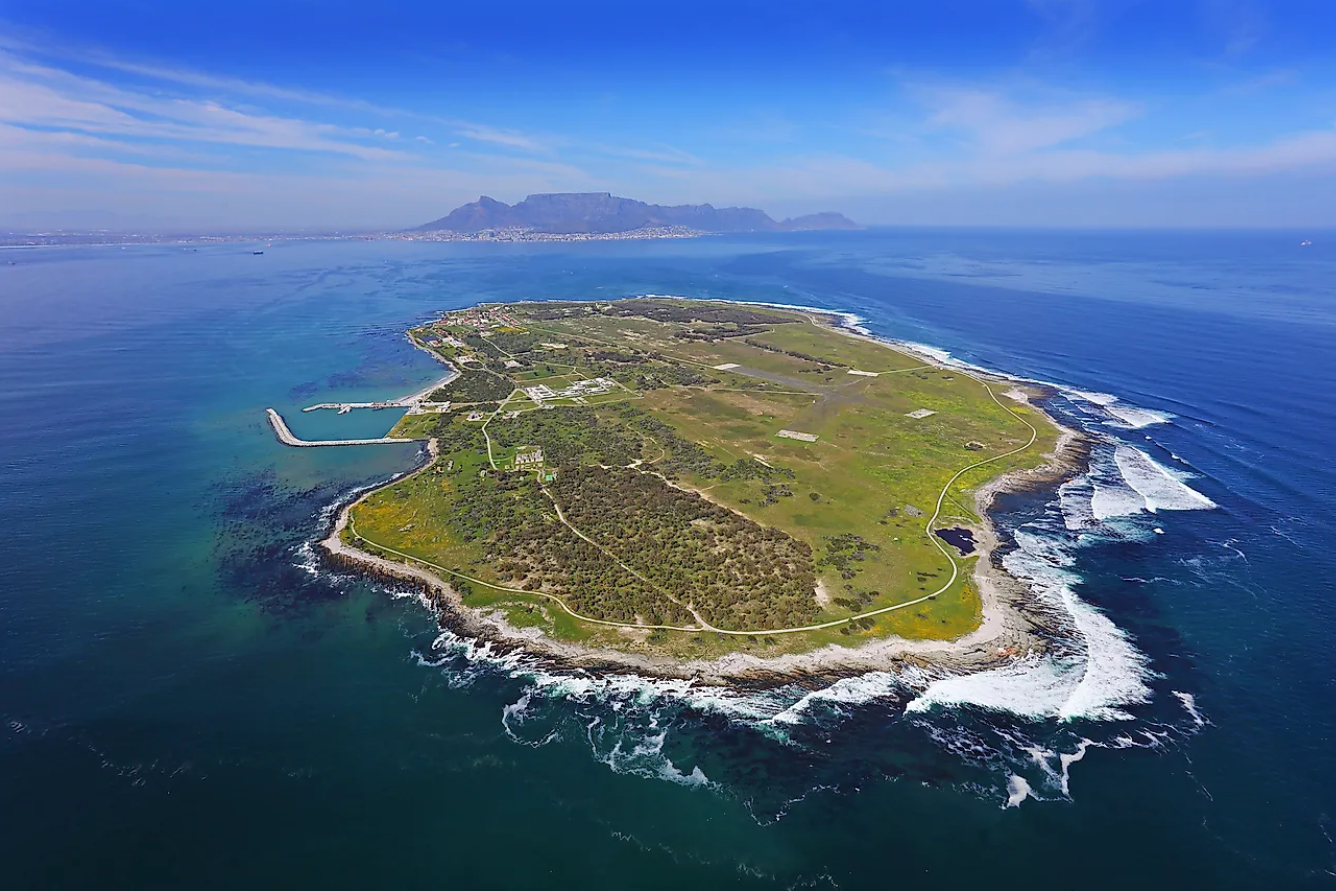
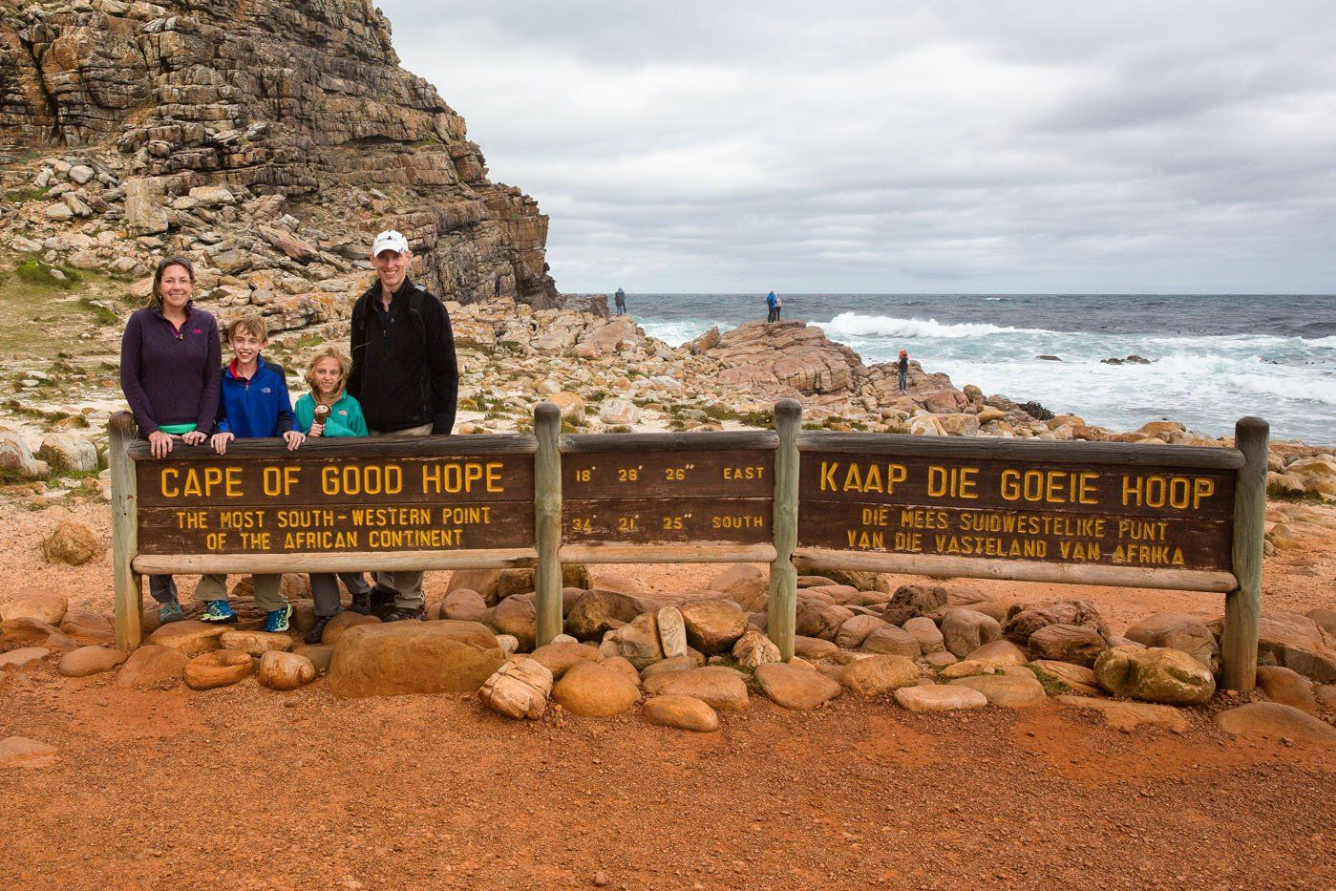
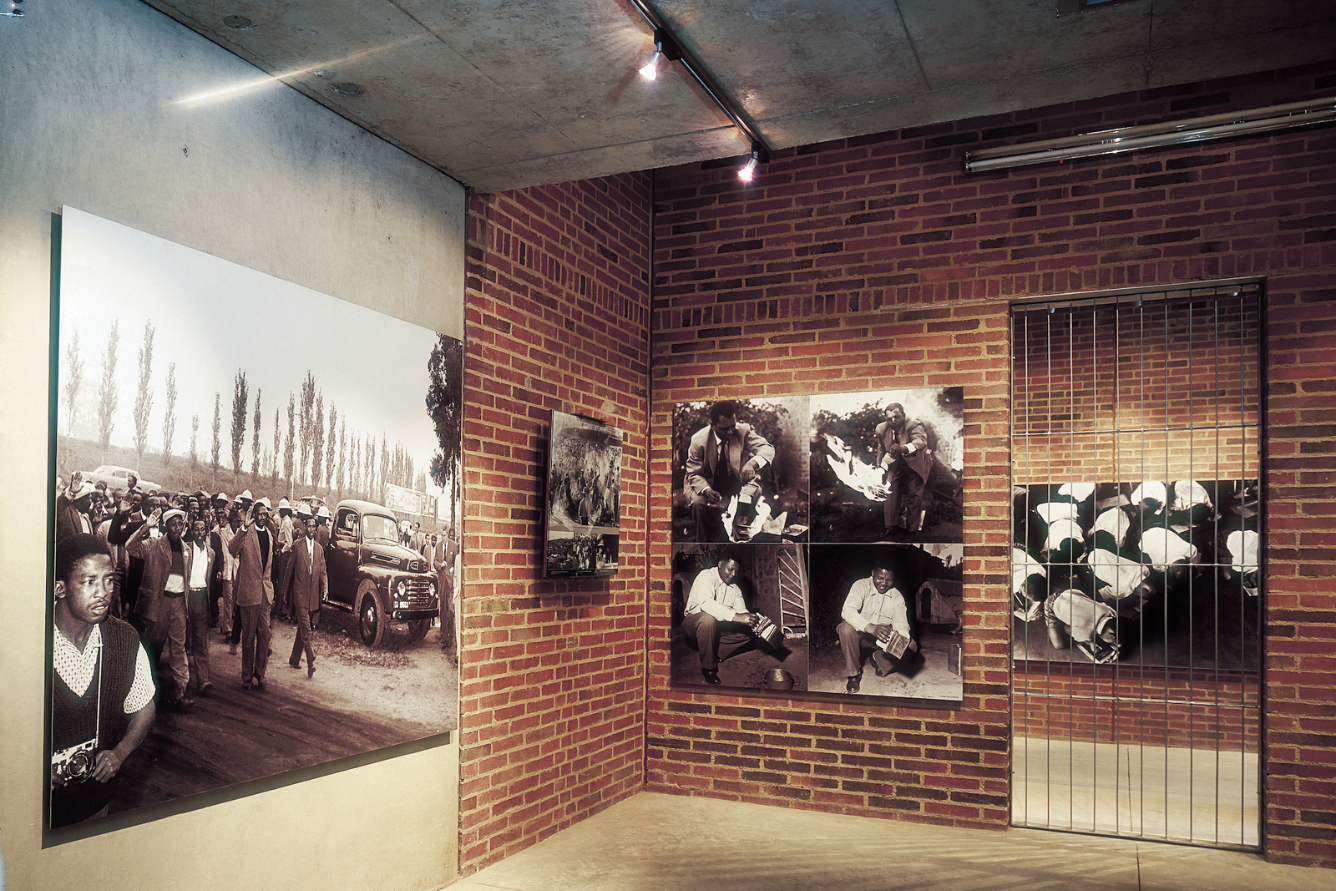
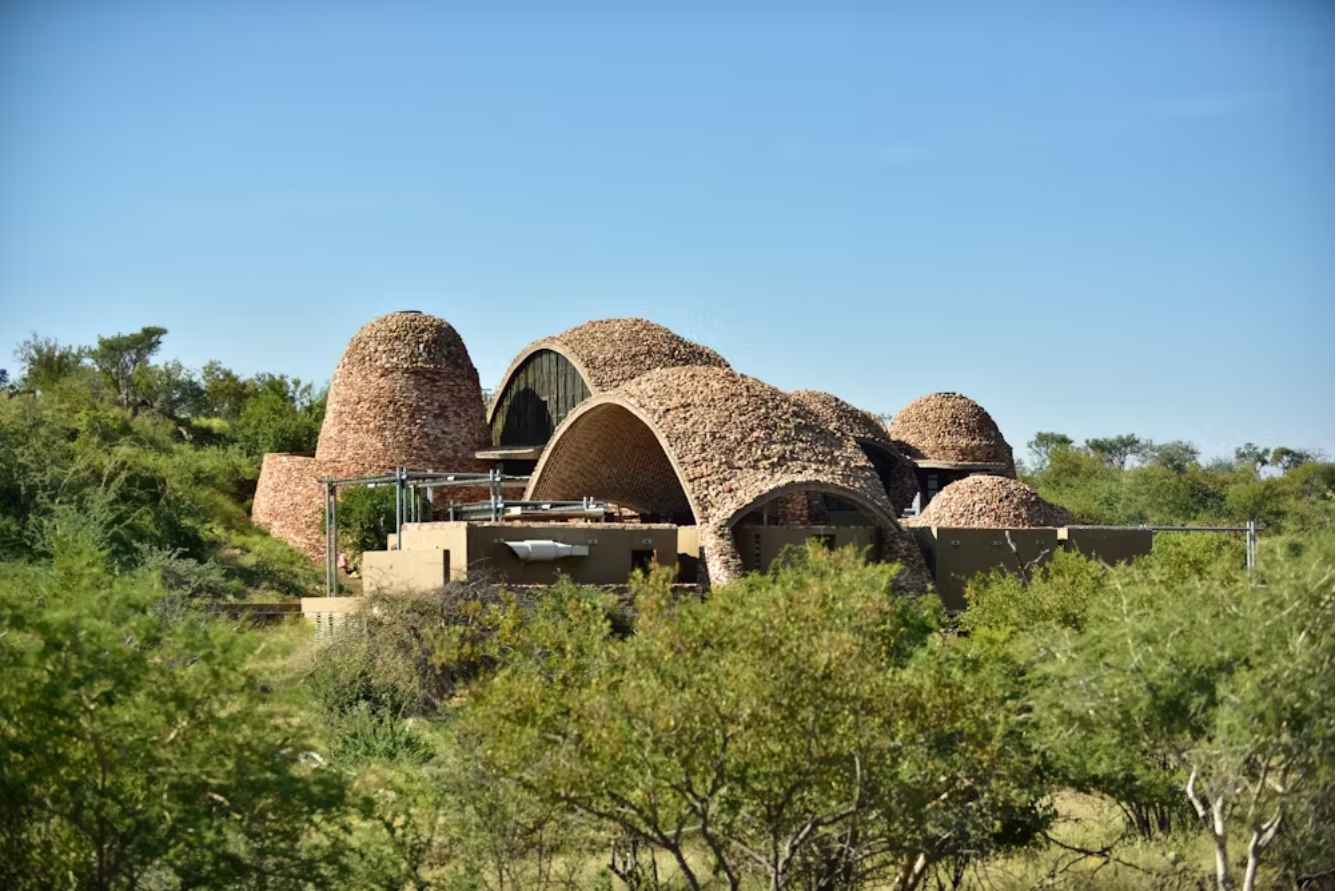
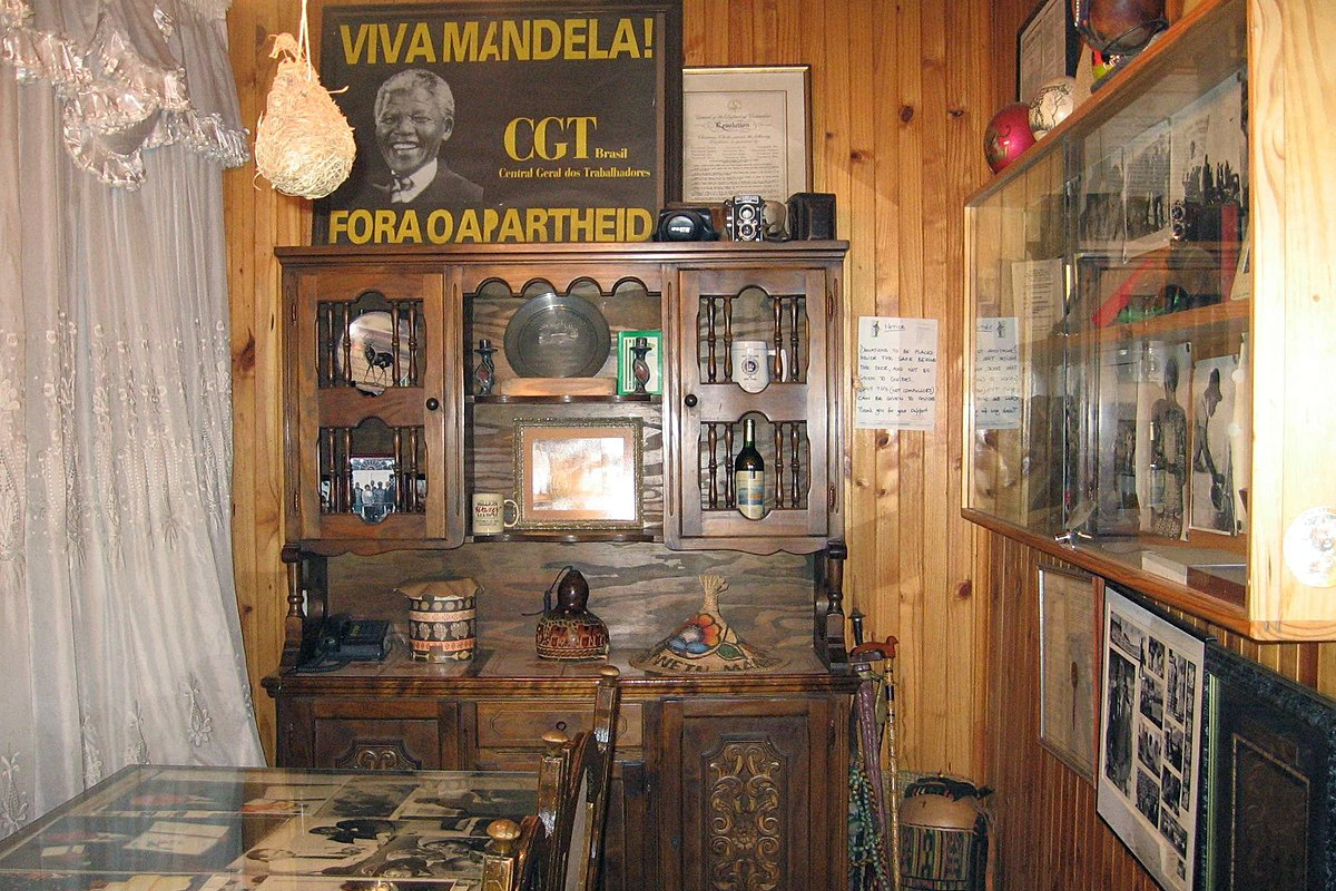









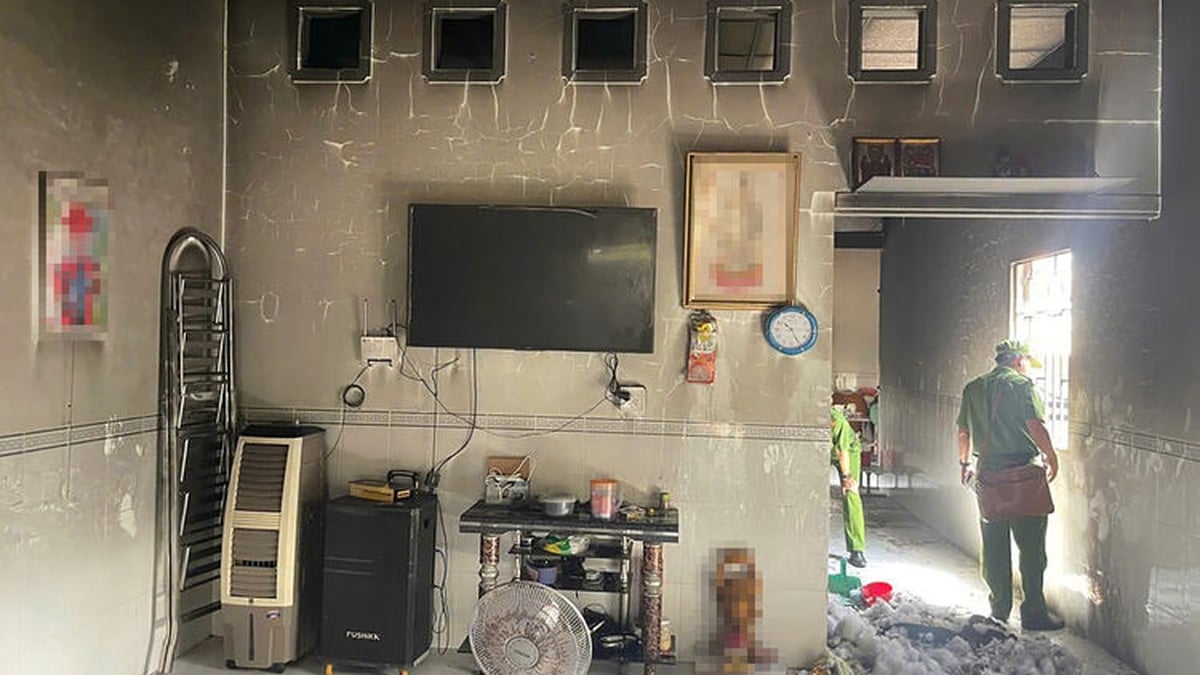














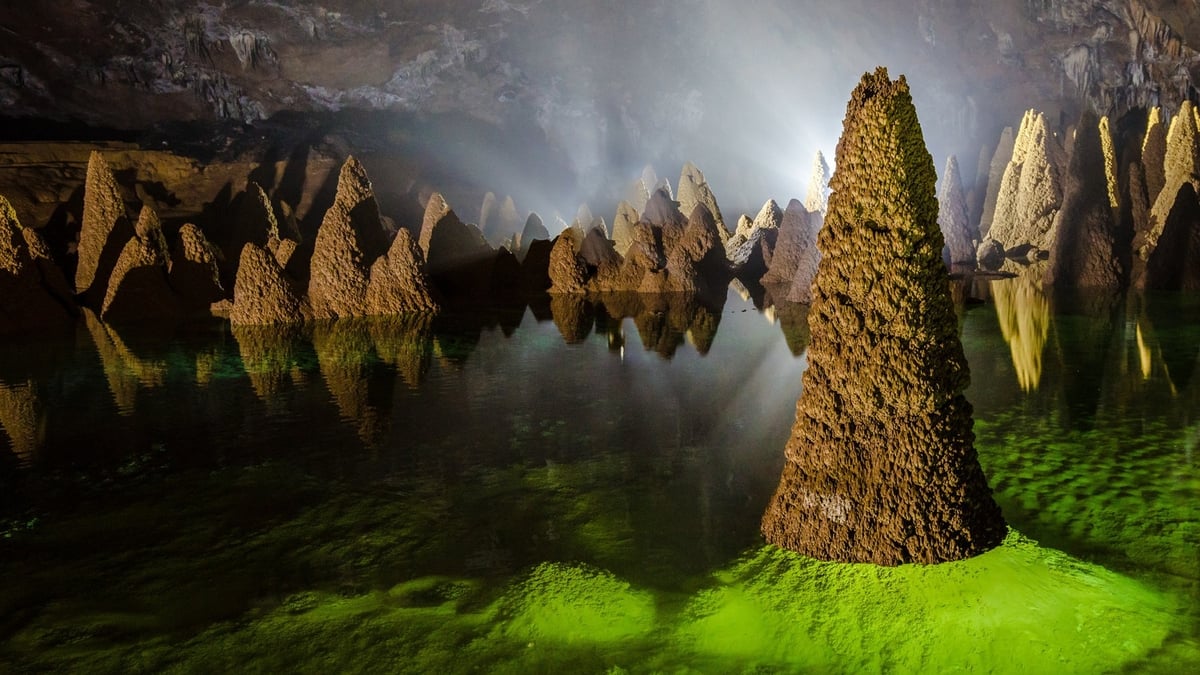







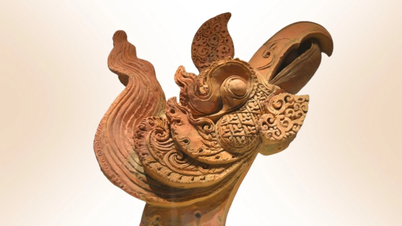



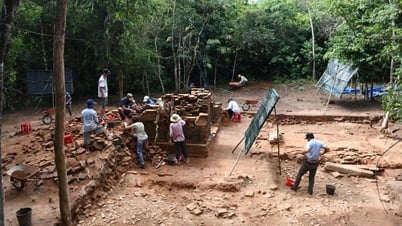
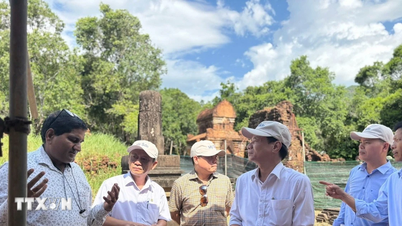










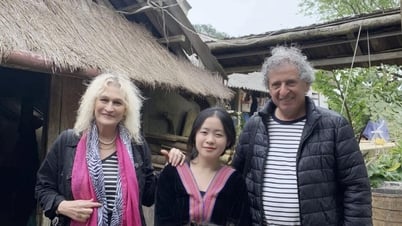










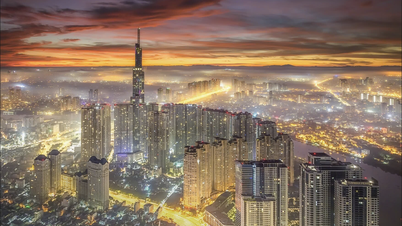









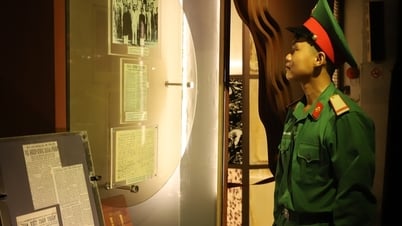
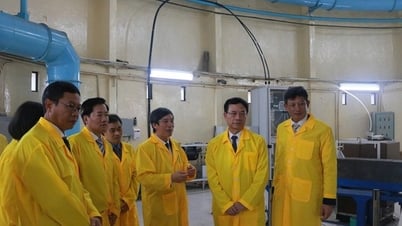

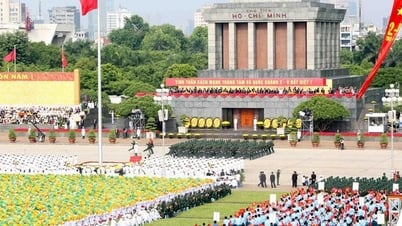
























Comment (0)